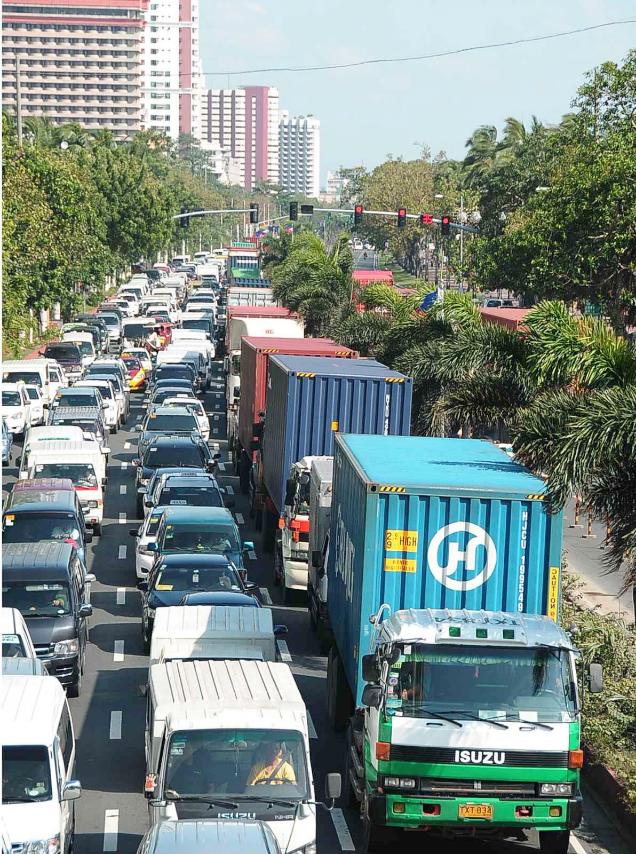BY THEPHILBIZNEWS STAFF
Even before the COVID19 outbreak, Filipino manufacturers and exporters have already been facing the transportation and shipping costs that inevitably raise the price of the good.
With the easing up of community quarantine despite the pandemic, supply chain experts said companies operating in the Philippines have to face bigger challenges even if businesses are slowly resuming operations.
Christine Pardiñas, president of the Supply Chain Management Association of the Philippines (SCMAP), said in an online presentation that before the COVID-19 pandemic struck, the Philippines already ranked low in the World Bank’s Logistics Performance Index (LPI), landing in 60th place in the 2018 ranking, way behind other Asian countries.
Philippine businesses, especially, manufacturers, have been grappling with high logistics and shipping costs for years, which are now “further aggravated by the COVID pandemic,” Pardiñas said in her talk during the second part of the PHILEXPORT General Membership Meeting last June 16.
She emphasized the importance of the smooth movement of goods along the supply chain, but lamented that the same logistics challenges encountered previously have continued and even intensified as the country enters the “new normal.”
Among the biggest logistics challenges for businesses are transportation issues, foremost of which is the lack of public transport that has led to a manpower shortage, Pardiñas said. She noted that as a result “we have encountered high costs” in transporting and providing accommodation for workers.
Trucking-related issues are another hurdle because though trucks are available, there are few drivers and helpers to run them because of the lockdown. And along with the relaxation of quarantine rules, traffic jams have returned even as checkpoints remain in place in some areas. These have led to long turnaround time, a problem also encountered pre-pandemic, she explained.
Logistics woes have also led to issues on the availability of supplies. For the retail industry, for example, supply problems involve late or non-delivery of essential products, or goods are either under-stocked or out of stock, Pardiñas said.
Other logistics challenges pertain to product issues, warehouse capacity constraints and data inaccuracy.
All of these are contributing to the high logistics cost, Pardiñas said. In short, the functioning of the supply chain “is not yet at the normal level,” she stressed.
She said SCMAP is working closely with the Inter-Agency Task Force for thE Management of Emerging Infectious Diseases (IATF) and other government agencies concerned “for them to know the impact of lack of movement” on trade and industry.
She said they partnered with the IATF and other institutions to develop the Supply Chain Analytics (SCAn) Reporter, an app that allows the government to easily access information on logistics bottlenecks and provide better solutions.
She added that they continue to give feedback to and engage closely with government on all the logistics problems to help in decision making.
“We make them understand that we cannot keep supply chain moving if we stop the trucks, if we don’t let the packaging manufacturers to operate in order to support the manufacturers and so on”, she added.














